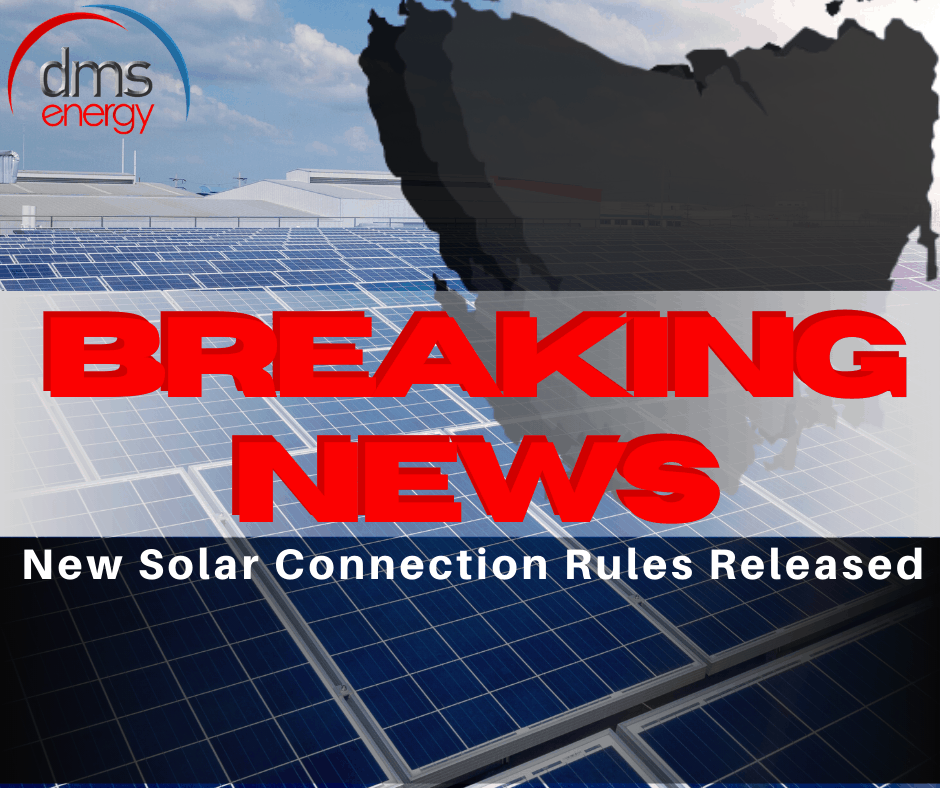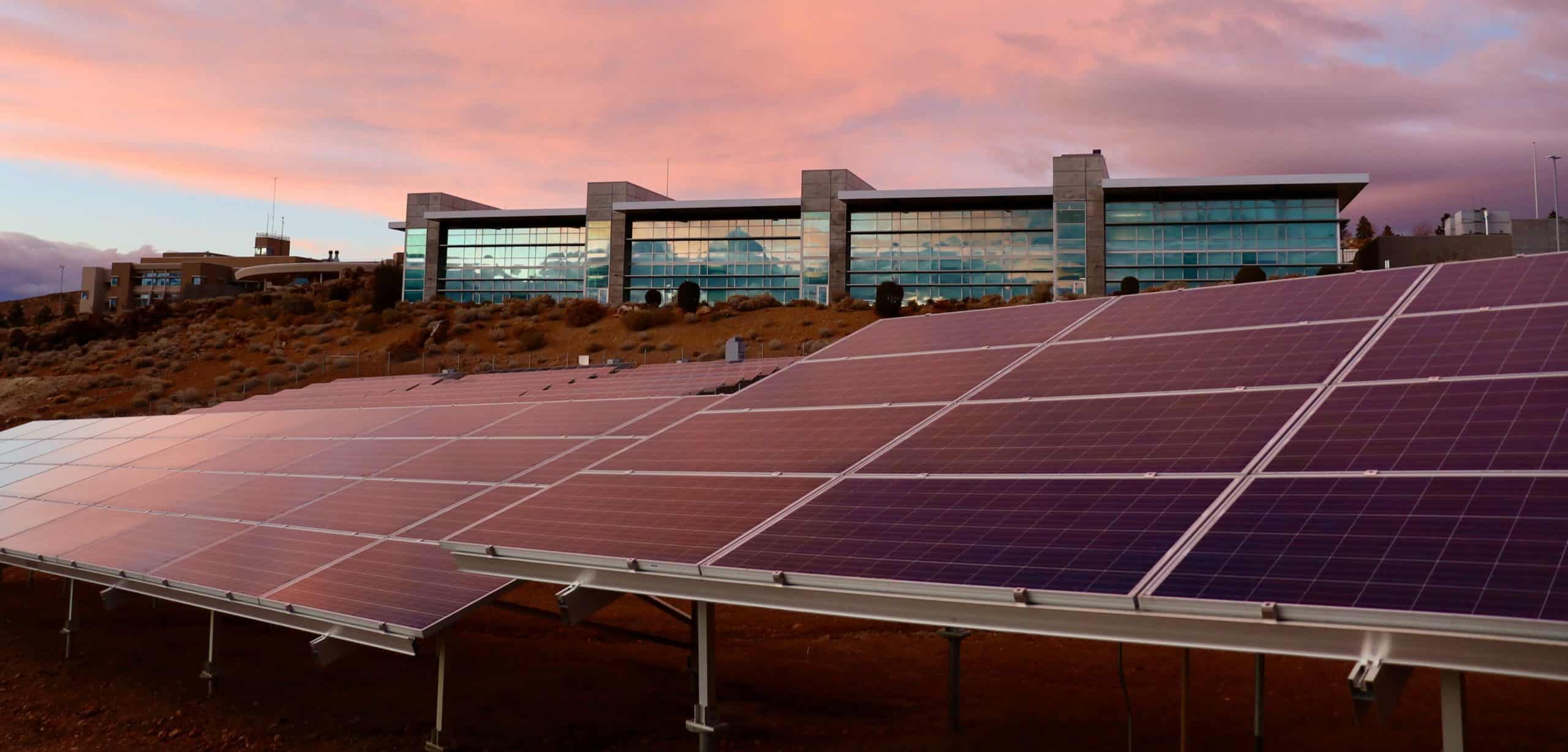Save Now, Pay Later.
With flexible payments from handypay.
Save Now, Pay Later.
With flexible payments from handypay.
Published

Finally after much behind-the-scenes work, we now have the new connection rules for solar in place.
Just a quick back story; in Tasmania, we had a 10kW of solar panel limit per phase for domestic buildings. So the limiting factor was the amount of panels we could have on the roof, (which sort of made sense back when 10kW of solar was unheard of on a residential house). TasNetwork’s also considered the solar panels as the generating source and not the inverter. This didn’t ever really make sense as we could technically put 10kW of solar on a 5kW inverter and that system would never make any more than 5kW of energy.
Along came a new Australian Standard AS4777.2, which deemed that 5kW should be the maximum allowed energy to be sent back into the grid and it also said that the network could determine the maximum amount.
The initial response from TasNetwork’s was just to drop the 10kW of solar panels limit to 5kW and as far as they were concerned that was the easiest way to meet the standard. Off the back of that, DMS Energy and others solar installers were very alarmed and begun some behind the scenes protestations. TasNetwork’s (to their credit) were very open and transparent and listened to our concerns. TasNetwork’s set up a task force to determine the best way forward for solar so as not to impinge on customers desires and needs for larger solar system while keeping an eye on the fact that too much solar in some are areas of the network, can cause grid instability.
Off the back of those meetings (that I was pleased to be a part of) we now have the new rules.
Let’s have a look at how these new rules work.
Inverters are now recognised as the generating source. Export limitation is now recognised as a valid control measure. There is no panel limit any more.
10kW of inverter per phase is now allowed but in some circumstances we may have to limit export to contain voltage rise.
An example of this is a client we are currently working with. They want 10kW of solar but their consumer mains are way too small and too far away from the transformer and we cannot really export any more than 4kW from this site without the voltage rising to the point where the inverter switches off, which is no good for anybody.
This client can still have 10kW of solar but we will have to limit the export to 4kW so the system will never send any more than 4kW of power back to the grid. This means the system will chug along happily all day. But if the house needs 3kW the system will make 7kW. Now the reason why this sort of larger system suits this particular client is they intend to purchase an electric vehicle which is going to be a huge load that will have the potential to consume the majority of their daytime solar generation.
So now we can go as large as what we like to meet consumers needs.
Now most average consumers will really only need a system in that 5kW to 6kW size range but those that have high daytime loads or batteries have unfettered access to solar panels as long as we do not export any more than 10kW back to the grid or whatever amount we deem necessary to avoid voltage rise issues.
Voltage rise is the enemy of all large solar systems installed on a single phase connection. These new rules make it crucial more than ever before, to use a local electrical contractor that will come to site and either do a fault loop impedance test or voltage drop test. An on-site visit will determine the condition of the switchboard. It will determine the best location for the inverter, the direction and layout of the cable run, the condition and type of roof. Also any barriers to installations to installation as well, such as no roof space for cathedral ceilings or skillion roofs. The installation can be explained so customers will know what to expect come installation day and the installation team will have a clear direction of what they have to do when they get there.
What will become clearly apparent with this new rule change using online eye in the sky solar providers who have no interest in designing a system that suits the client, the site and the network limitations will not work and you will end up with something vomited on to your roof, looks ugly, perform terribly and will not meet the customers’ expectations.
So don’t engage anyone who is not interested in coming to site to do a professional evaluation. You wouldn’t build a house without talking an architect? You wouldn’t get a prescription without talking to a doctor? Why would you get a an electrical generation device that’s going to be attached to your house for the next umpteen years without talking to a professional, local provider that wants the best outcome for you and your family as well as the maintaining the integrity of most people’s biggest asset the family home.

Simple, Low Rate Green Loans

Introducing award winning finance provider, Handypay, to bring you the most Competitive, Flexible and Versatile finance solution available in the home improvement industry today!
We have partnered with Handypay so customers can access a simple, affordable green loan for their solar panels and home batteries. Get a no-obligation quote and pre-approval in minutes, not weeks.
DMS Energy strives to Honestly, Ethically and Accurately assist Tasmanians to meet their energy reduction goals.
DMS Energy have advised countless locals on the right energy solutions for their home’s and business’s.




DMS Energy are not your typical energy efficiency salesmen! We are long time locals offering expert advice on solutions that are tailored to your individual needs. Talk to one of our experts today.